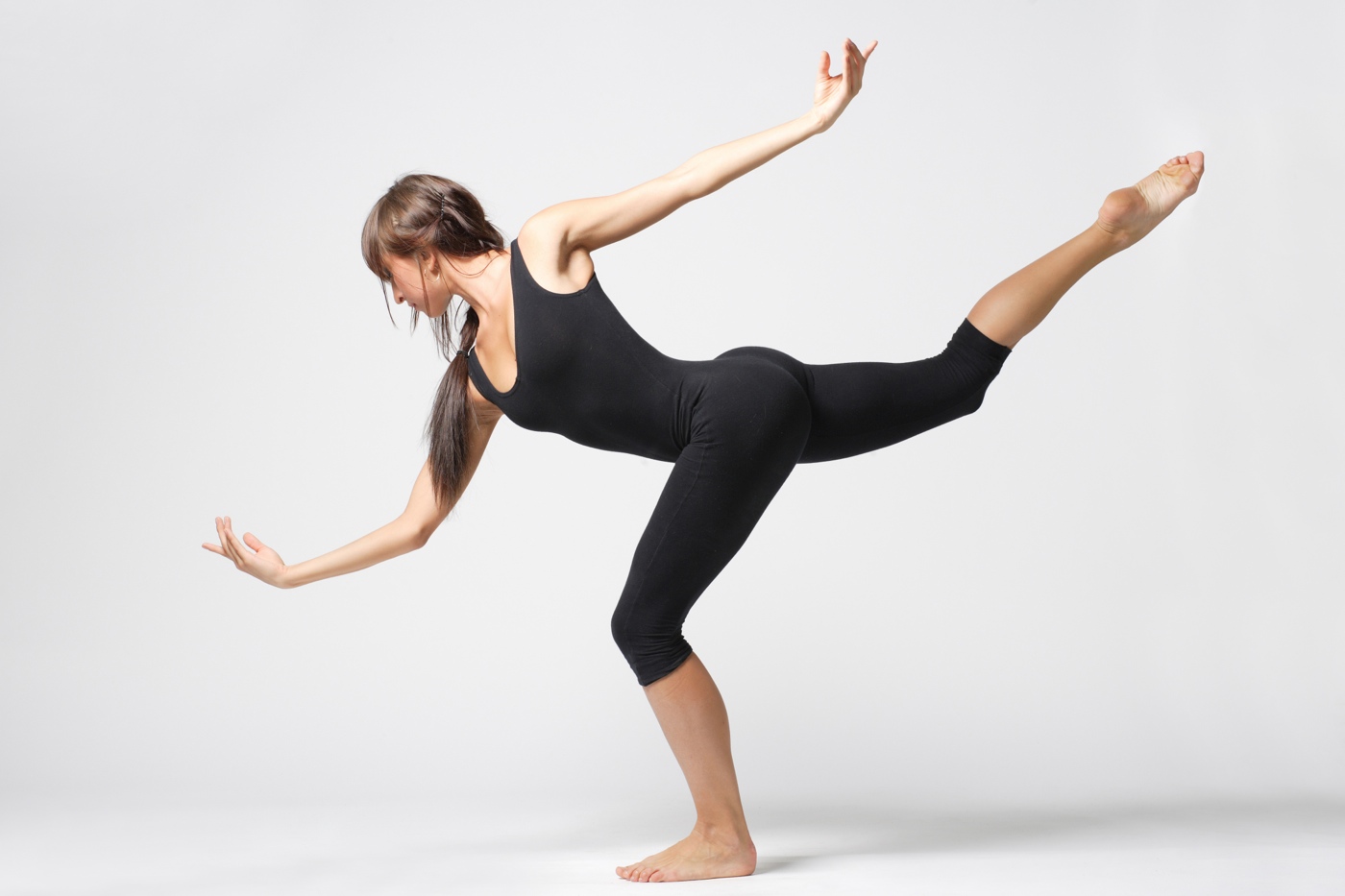
Why is mobility so important? You should really be asking, why is moving freely so important. We often think about fitness and physical activity as encompassing muscle strength, flexibility, and endurance. However, mobility is another component of not only staying physically fit and at the top of your game, but also overall optimal health.
Whether you’re an athlete, weekend warrior, just beginning, or looking to stay physically active; whether you’re young, in the prime years of your life, or heading into older age, muscle, strength, endurance, and movement are probably what you think about most. If you’re a young athlete, your priority is building or maintaining a fitness level for high performance. If you’re in your twilight years, you may be looking to just remain independent and move freely without pain. Regardless of what stage you’re at in life, physical activity and fitness boil down to one important component – mobility.
You may have heard the term spoken before at the gym, from a coach or personal trainer, or in passing. You may even think that it’s just a new fitness fad. However, mobility is one of the single most important aspects of fitness and being physically active. Even if you’re not looking to run a marathon and only looking to be able to walk to the end of the driveway, mobility is something you should be concerned enough with to focus on as part of your overall health. If you want to move better, freely and efficiently while protecting yourself from injuries, then mobility should be part of your physical fitness, regardless of fitness level and goals.
What Is Mobility?
It may be a new buzzword in many fitness circles, but mobility is far from a fad. In fact, physical therapists have been behind the whole movement (pun intended) to focus on mobility as part of injury rehabilitation and prevention as well as elevating quality of life for many patients.
In essence, mobility refers to how well you can move, and how freely and efficiently.
IT’S JUST THAT: MOBILITY IS THE ABILITY TO MOVE YOUR ENTIRE BODY FREELY AND NORMALLY.
It encompasses muscle strength, range of motion, and endurance capacity. If you have great mobility, you’re able to move functionally and efficiently with little to no restrictions or difficulty. It means having optimal range of motion. This doesn’t mean, however, greater flexibility, although flexibility is certainly an aspect of efficient mobility.
The American Council on Exercise (ACE) calls mobility the cornerstone of fitness, which allows the body to move correctly. Without mobility, postural stability becomes compromised and so your body begins to move improperly, increasing your risk of pain and injury.
ACE separates mobility into two definitions: joint mobility and joint stability, both of which are essential for proper movement. According to ACE:
Joint Mobility is the range of uninhibited movement around a joint.
Joint Stability is the ability to maintain or control joint movement or position.
What Causes Bad Mobility?
If you can’t move efficiently or utilize the full functionality of your muscles and joints, then you have bad mobility. Bad mobility not only means a higher injury risk, but it also means lower and inefficient performance levels during physical activity. This affects activities as light as walking to the mailbox to as intense as Ironman competitions. Bad mobility can even affect daily activities, such as cleaning, driving, and even showering if it’s serious enough.
There are many causes of bad mobility and the inability to move freely and without pain.
- Muscle imbalances;
- Muscle weakness;
- Tightness;
- Improper alignment and posture;
- An injury that is currently in rehabilitation or was not fully or properly rehabilitated.
Increasing Mobility
To increase and/or improve your mobility, you first need to figure out what is causing your immobility and what’s being affected by it. Because decreased mobility is caused by many factors, it’s something that should be diagnosed and looked at by a trained professional, such as a physical therapist.
Physical therapists have the training and education necessary to find the underlying cause of your decreased mobility. They will then put a plan into action to help you increase how well you move. Depending on where you’re experiencing the problem – whether it’s pain and inflammation or inability to move a certain area – they’ll look at the problem area and discuss possible outcomes and goals.
Athletic trainers and some certified personal trainers and coaches are also educated about mobility and can recommend exercises that will help increase your range of motion.
We often think about fitness and physical activity as encompassing muscle strengthening, flexibility, and endurance. However, mobility is another component of not only staying physically fit and at the top of your game but also for beating back many problems associated with age. Studies show that exercising improves mobility, which helps older adults maintain independence, and decrease disability.
Why Is Mobility So Important?
Really, the question should be:
Why is moving freely so important?
The answer seems obvious when that question is asked. To be more mobile means to move more freely. It means being more stable and stronger. It means decreasing your risk of injury and increasing your ability to move with less effort.
Mobility work and exercising should be included in your overall training program. It means choosing exercises that focus on increasing your range of motion, stabilization, and muscle control. It also means attacking weaknesses and muscle imbalances, which can help protect you against injuries. Ultimately, the goal of mobility is to help you move better and more controlled without compromise or restrictions.


